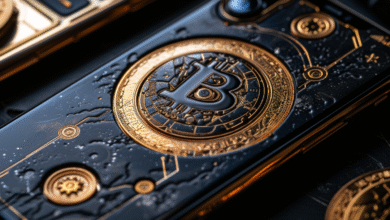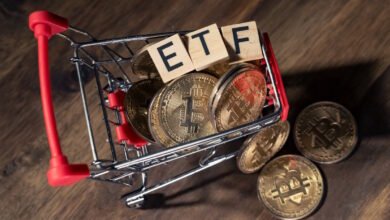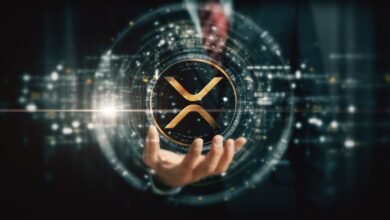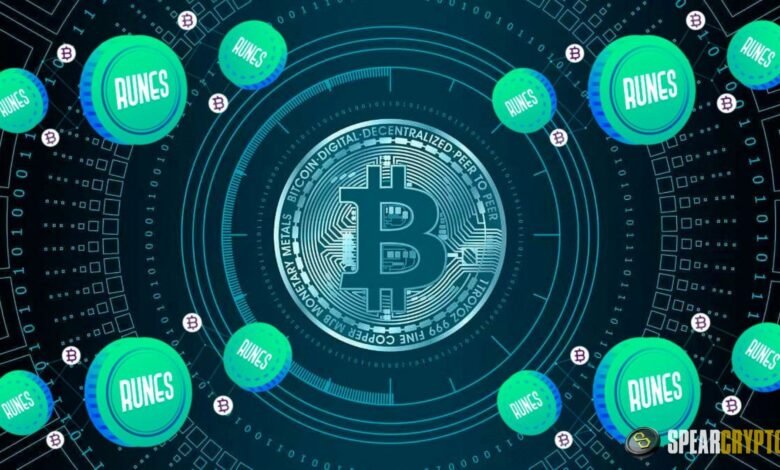
Thanks to developments in the previous two years, fungible and non-fungible tokens are circulating on the Bitcoin network. The network’s miners have made hundreds of millions of dollars from these tokens, and their market capitalization is already over $2 billion. There is a lot of excitement about what Runes, a token protocol that will change how Bitcoin tokens are created, will bring to the Bitcoin ecosystem, including meme currencies.
After the fourth Bitcoin halving on April 20, 2024, Runes was published. Among all Runes since its introduction, RSIC (RSIC•GENESIS•RUNE) has the highest market cap at over $325 million, according to OKX data. On April 20, when Runes was released, the average transaction cost for Bitcoin reached over $127, a record high.
Understanding Bitcoin Runes
Casey Rodarmor is launching Runes, a new protocol that facilitates the creation of tokens on top of Bitcoin, similar to Solana and Ethereum. Ordinals allowed users to write NFT-like inscriptions on the Bitcoin blockchain. Although SRC-20 and BRC-20 token standards exist, they are rooted in Ordinals theory, which may lead to an explosion of UTXOs that flood Bitcoin with spam.
Rodarmor has been striving to safeguard Bitcoin token etching since introducing Runes in September 2023. Interest in Runes and its implications for Bitcoin is growing as the protocol’s launch date approaches. “If Bitcoin’s fungible token protocol were to be well-developed, it could attract many users, developers, and transaction fees.” Runes developer Casey Rodarmor.
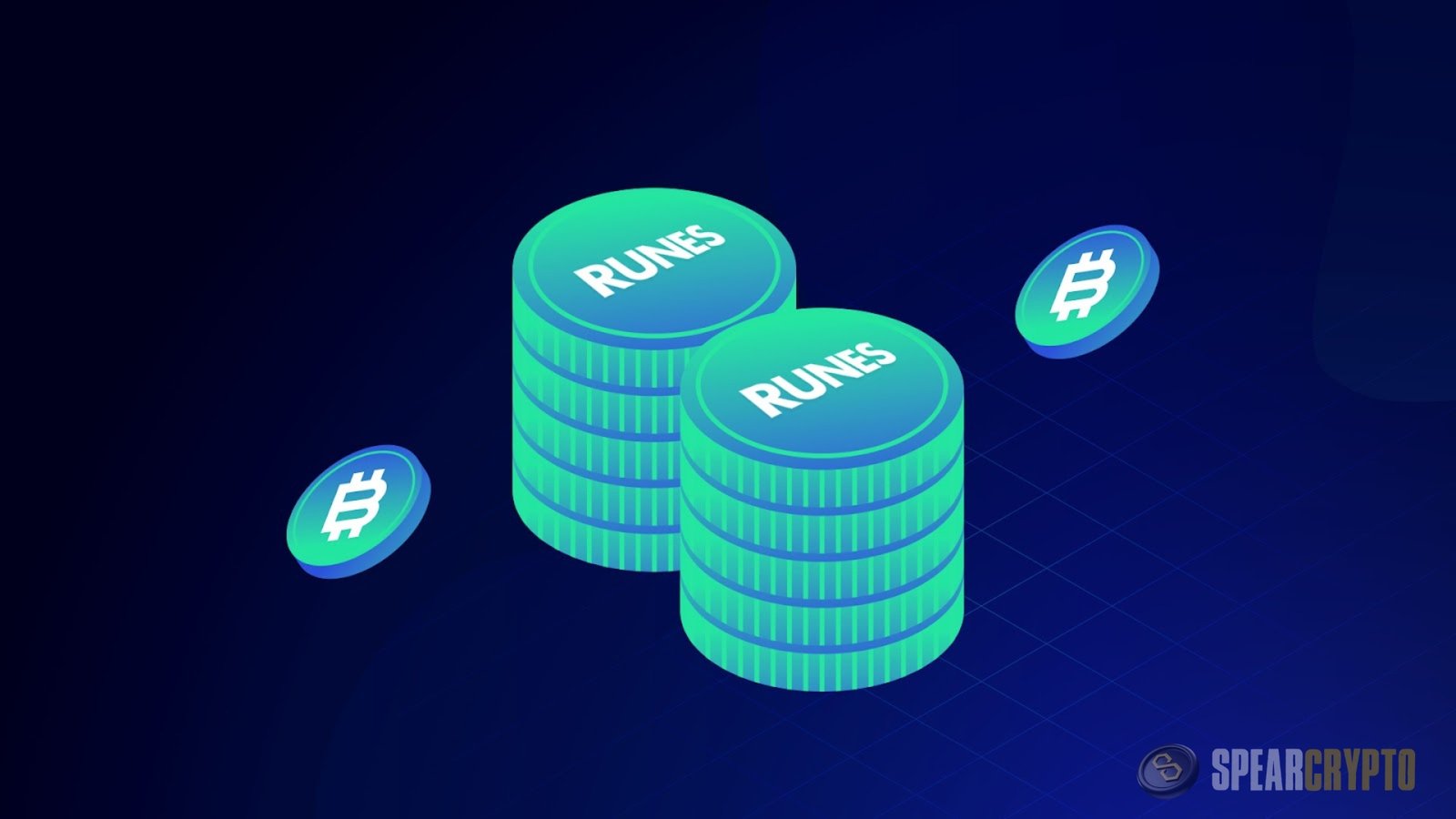
Bitcoin runes were revealed on Block 840,000 after the April 2024 halving. While the creator does not affect Bitcoin, it does build anticipation for the fourth Bitcoin halving. Bitcoin Runes were created to make fungible tokens on the Bitcoin network, according to Rodarmor. This goal will be achieved due to the coin’s simplicity and architecture.
Runes: Enhancing Bitcoin’s Token Capabilities
Many are looking forward to Runes, and with good reason: “Runes,” a more efficient token standard, will put Bitcoin in a strong position to catch up to other blockchains in terms of its fungible market cap, according to Franklin Templeton: “Currently the fungible token market for Bitcoin is quite small in comparison to ETH and SOL.”
The Bitcoin blockchain lets users create Bitcoin Runes. They supply executable data for network asset development and spending. Runes are Bitcoin-based, like BRC-20 and SRC-20. Runes are healthier, more efficient, and more straightforward than competing token standards that use Ordinals. They use established Bitcoin blockchain models like UTXO and OP_RETURN. Runes operates without a native token like Omni Layer and Counterparty or off-chain data like RGB and Taprot Assets.
Runes in the Bitcoin Ecosystem
While improving Bitcoin’s capacity to manage fungible tokens on its network, Runes is compatible with the Lightning Network, a Bitcoin Layer 2 that provides users faster and cheaper transactions. This could give Runes an edge over other protocols on Bitcoin that handle fungible tokens. Runes are easily connected with the Lightning Network since each Runestone corresponds to a UTXO. UTXOs can be locked in Hash Time-Locked Contracts.
How Bitcoin Runes Work
Two terms are essential to understanding how the Bitcoin Runes protocol works;
-
Bitcoin’s UTXO transaction model
-
The OP_RETURN opcode
Each UTXO (Unspent Transaction Output) transaction depletes the user’s whole asset from their ledger. The algorithm then calculates the new balance after sending the desired quantity of tokens to the receiver. Any amount of Runes can be stored in a single UTXO.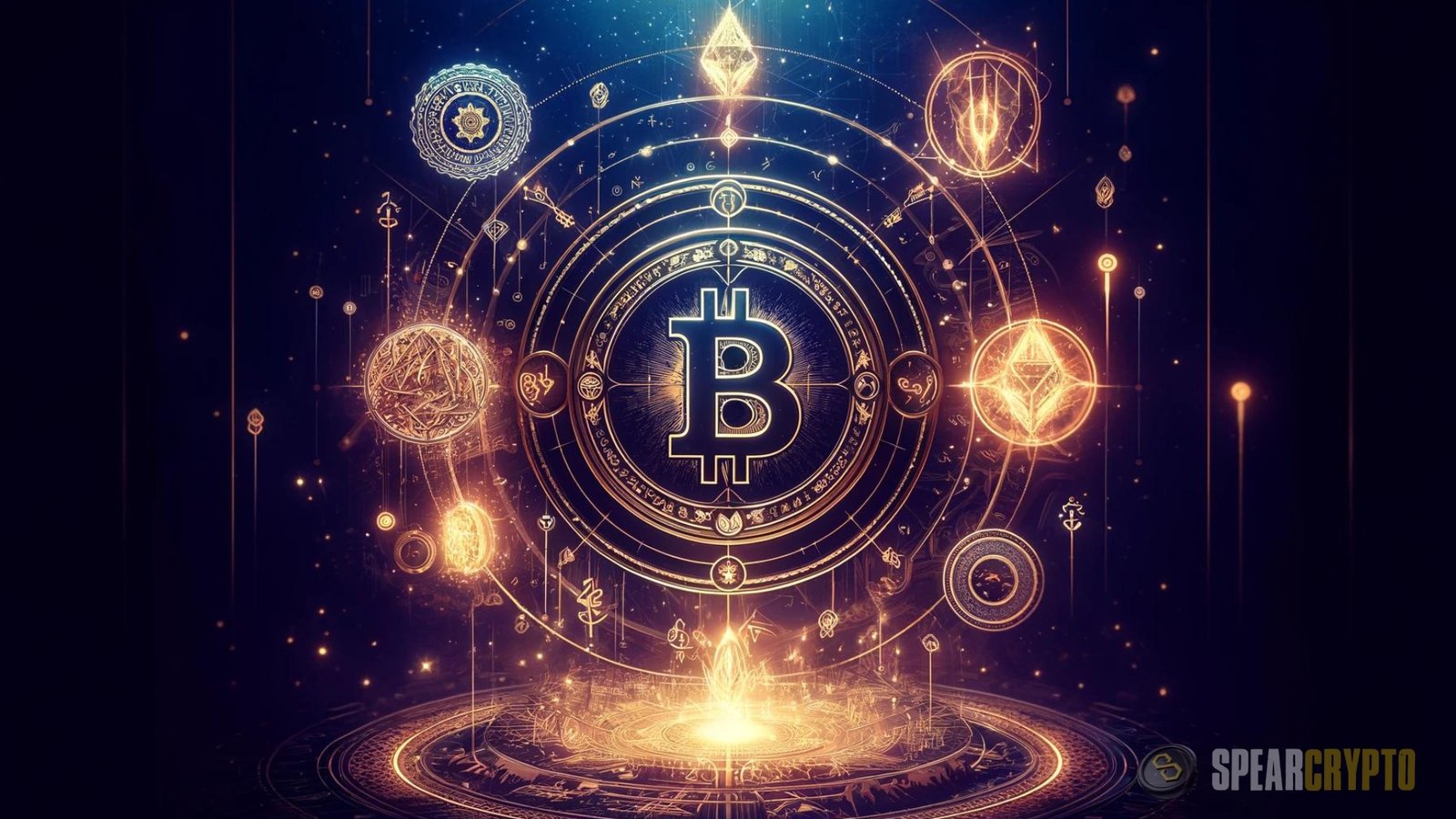
To minimize blockchain bloat and maintain network efficiency, users can attach additional information to Bitcoin transactions using the OP_RETURN opcode, which does not affect the dependability of UTXOs. The OP_RETURN function stores data and handles transaction details in the event of Runes. To add up to 80 bytes of data to an unspendable transaction, Bitcoin users can utilize the OP_RETURN opcode. This data contains the necessary information about the token, such as its name, ID, symbol, and commands for certain activities. A Bitcoin transaction’s OP_RETURN section stores protocol messages known as Runes sometimes called the Runestone.
Runes lets users transfer an unlimited number of Runes, with each transaction specifying various operations across distinct Runes, in contrast to the current BRC-20 standard that only allows users to transfer one token type per transaction. Token transfers cause the Runes protocol to follow the OP_RETURN data’s instructions and split the UTXO into several new UTXOs. Each UTXO sends various token amounts to its respective receivers. Burning Runes is a precaution against inadvertently creating them if a Rune transaction fails because of an incorrect protocol message.
Etching and Minting Runes on Bitcoin
Etching is the name given for the process of making a new rune. To create a new Rune, users can use the OP_RETURN output to provide the Rune’s name, symbol, ID, distribution parameters, divisibility, supply amount, and more. Etching also allows creators to incorporate a “premise”—a portion of the Rune reserved for them before anybody else gets their hands on it—in the process.
Open or closed mints can be used to mint Runes after etching. Following the first etching, anyone can activate open minting and mint an unlimited number of Runes by generating a mint transaction. In a closed mint, the minting process is terminated if specific requirements are satisfied, such as a certain period, which limits the amount of tokens that can be created. The method of transferring Runes following etching or minting is outlined in edicts. It is possible to airdrop, transfer all newly-minted Rune to one account, or transfer runes in bulk using the edict feature.
Possible Symbol Squatting on Bitcoin Runes
To maintain its simplicity, the Runes protocol will not govern symbol squatting. As a result, settlers can seize desired symbols of any length using the A-Z alphabet. According to Rodarmor, one possible solution is to impose a maximum length on symbol assignments at launch, gradually lowering the length. Ordiscan data implies that the first three-character Rune will not be ready for around three years.
Benefits of Bitcoin Runes
In addition to achieving other objectives, such as enhancing UTXO management and reducing the on-chain footprint, Runes seeks to streamline the creation of fungible tokens on the Bitcoin network. Let’s examine Runes’ features and how they will improve the Bitcoin network and its users in more detail.
Simplicity
Users can anticipate Bitcoin Runes to provide a less complicated alternative to BRC-20, RGB, and Taproot for creating fungible tokens on the Bitcoin network. Without relying on off-chain data or native tokens or producing a substantial quantity of “junk” UTXOs, Runes allows users to create and maintain multiple tokens on-chain effortlessly.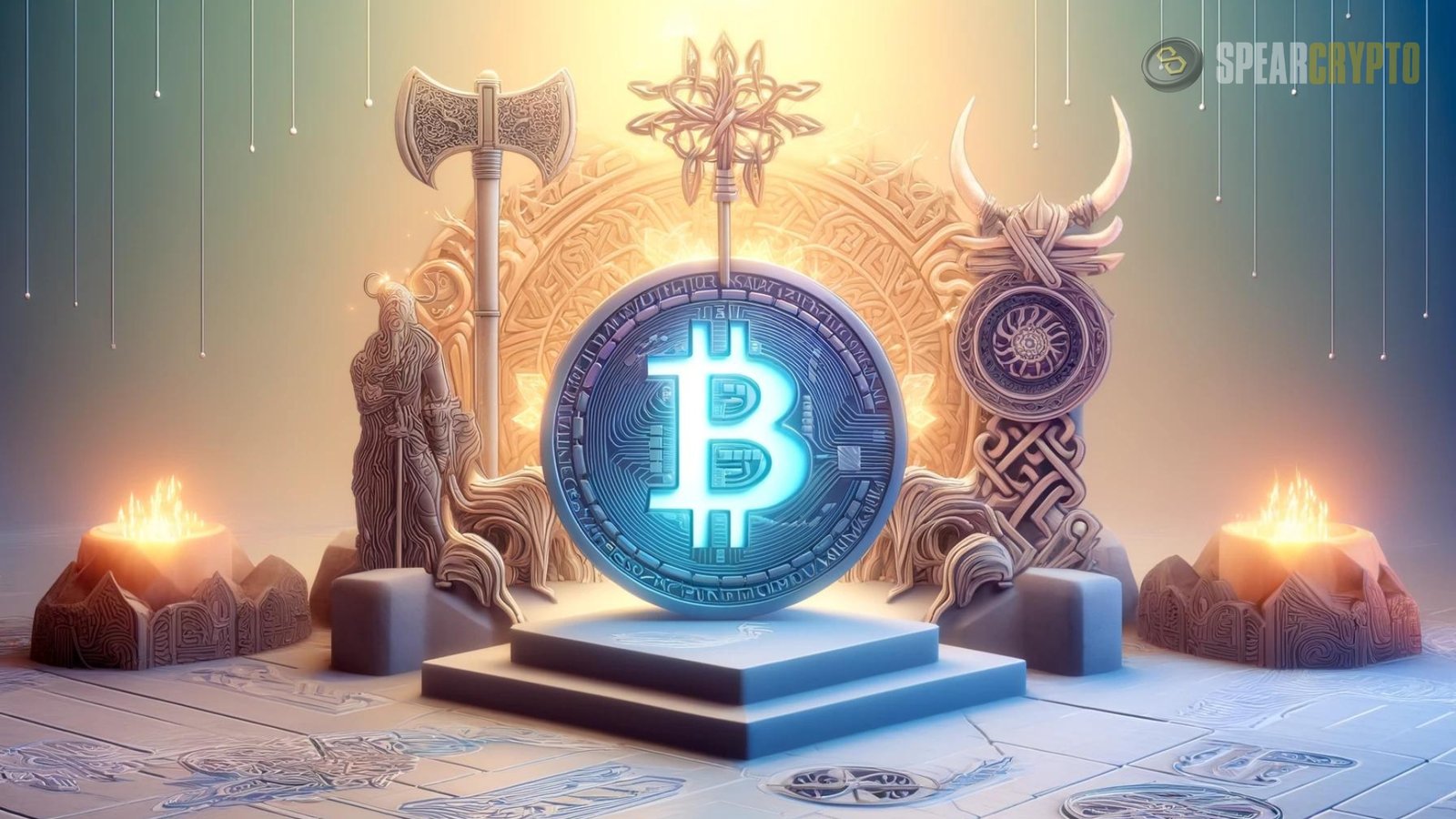
Resource Efficiency
According to critics, BRC-20 is a costly alternative to Bitcoin’s token management system. This is because of how it works, which causes UTXOs to multiply. At the moment, Bitcoin is fighting an onslaught of unspendable transaction orders (UTXOs). Because of this, the network is overloaded, and performance suffers. Bitcoin Rune is designed to prevent this from happening. The storage parameters cause less resource consumption, and the OP-RETURN paradigm does not generate unspendable UTXOs. The OP_RETURN opcode is more efficient with the resources of the Bitcoin network since it is just 80 bytes long, as opposed to BRC-20 inscriptions that may hold up to 4MB of memory.
Integration With Bitcoin’s UTXO Model
Bitcoin handles user assets using the UTXO paradigm. This pattern is also inherited by Bitcoin Runes, according to Rodarmor. As a result, UTXO-based services can use Bitcoin Runes, and the blockchain can be enhanced. Bitcoin Runes differs from standards such as BRC-20 and SRC-20 due to its spending model.
Increase in Miner Revenue
The current reward for bitcoin mining is 3.125 bitcoins, following the halving in April. As a result of this drop in income, Runes may provide Bitcoin miners with an alternative revenue stream. Since there is a finite amount of storage space in each new Bitcoin block, the transaction fees are directly proportional to the number of transactions miners must execute on behalf of the network.
Expanded User Base
According to the protocol developer, “fun and meme coins” are Bitcoin Runes’ principal use. Crypto natives and mainstream investors alike have been interested in meme coins due to their innovative community-building approach. With the help of Ordinals and BRC-20, fungible tokens like meme coins were born, and the Bitcoin network gained many new users.
Meme currency initiatives predominate on the pre-launch project list. Thus, it’s no surprise that Bitcoin Runes has caught the interest of meme coin groups. New users seeking to trade these meme coins may join the Bitcoin network before the formal launch. With a more extensive user base and more traffic, the network’s revenue mechanism will rise, attracting additional miners.
Expanded Utility for the Bitcoin Network
Another use case for the Bitcoin network is the many protocols that allow token creation on the blockchain. The Bitcoin network’s utility grows as more and more Rune projects integrate their approaches. The capacity of these projects to innovate will dictate the extent of the expansion.
The Bitcoin Runes Ecosystem
When the protocol goes live, new projects will join the ecosystem, and several existing projects have already announced their intentions to enter the Runes ecosystem. While some initiatives will provide Bitcoin Runes users valuable tools, others will work directly with the protocol to generate blockchain assets. A few examples of the many kinds of initiatives that will be a part of the Bitcoin Runes ecosystem are as follows: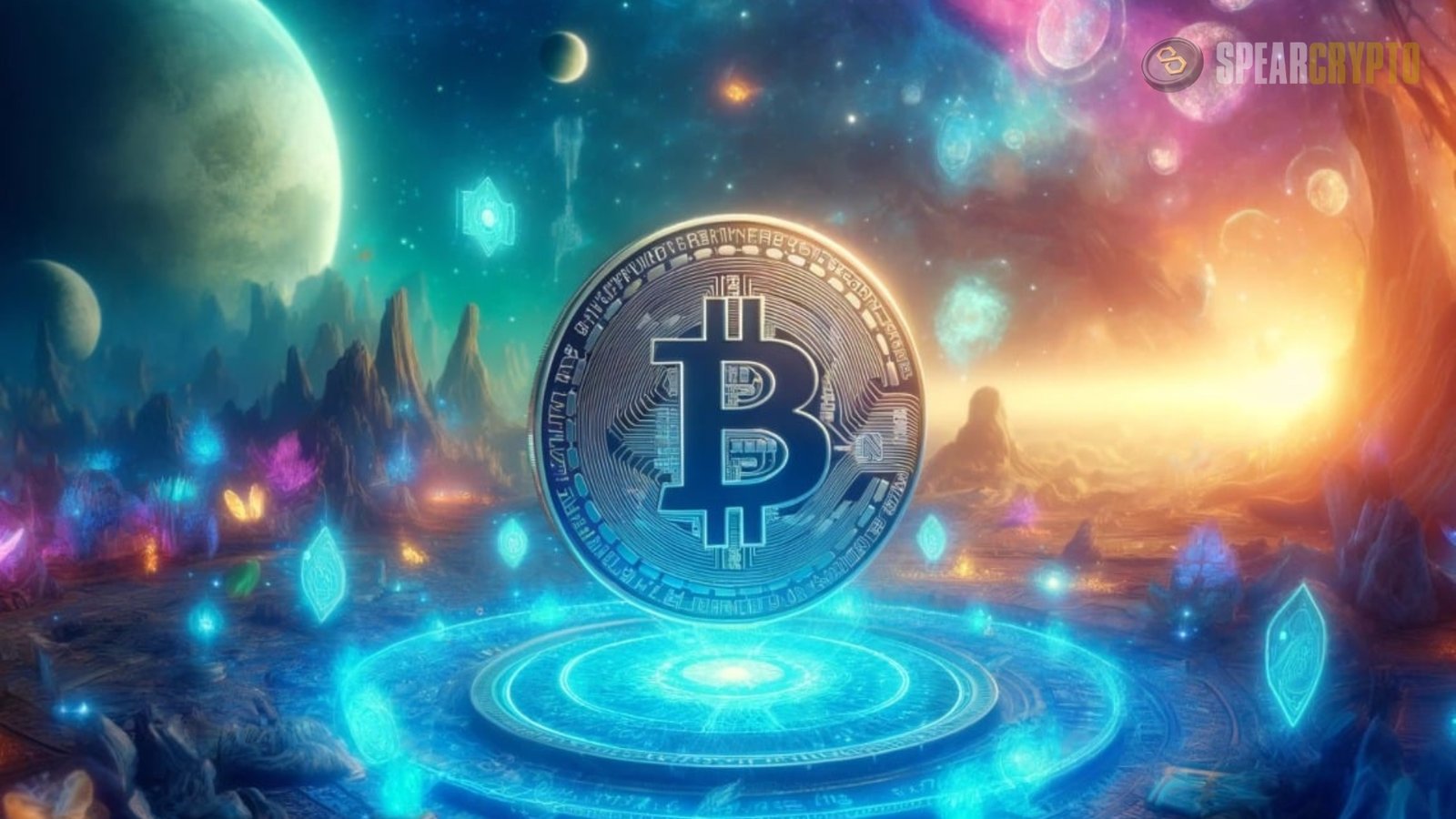
Tokens
Some examples of fungible token initiatives are RSIC, Runestone, Runevo, and Rune, all of which aim to use the Bitcoin Runes protocol to add a rune to the Bitcoin network. Until the Runes protocol launches, most of these assets are NFTs holders can use to obtain Runes. For Runestones, each possessor will receive three meme coins through airdrop.
Launchpad
Thanks to Bitcoin Runes launchpads, Rune projects will have a place to start. Bitcoin Rune is one of these launchpads; it shows consumers what features projects built on Bitcoin Rune could have on these platforms. While Bitcoin Rune is currently in its test net phase, it will allow projects to etch Runes and conduct other operations, such as transfers. There will be a marketplace in Bitcoin Rune where new and old projects can begin trading with one another.
Marketplace
Bitcoin Runes will be listed and traded on those exchanges that support them. You may sell and buy Runes like RSIC and SATOSHI•NAKAMOTO on OKX’s marketplace. A Bitcoin Runes area and a pre-rune section for projects that have not yet debuted have been launched on the NFT platform Magic Eden. Before the official launch of Bitcoin Rune projects, members of the pre-market site Whales Market can buy and sell their Token Generation Event (TGE) allocations.
Wallets
The Bitcoin blockchain is used to mint Bitcoin Runes. However, certain wallet apps are needed to manage these assets. Xverse is one example of a wallet users may use to store and manage their Bitcoin Runes; it also supports BRC-20 tokens.
Bitcoin Runes vs. BRC-20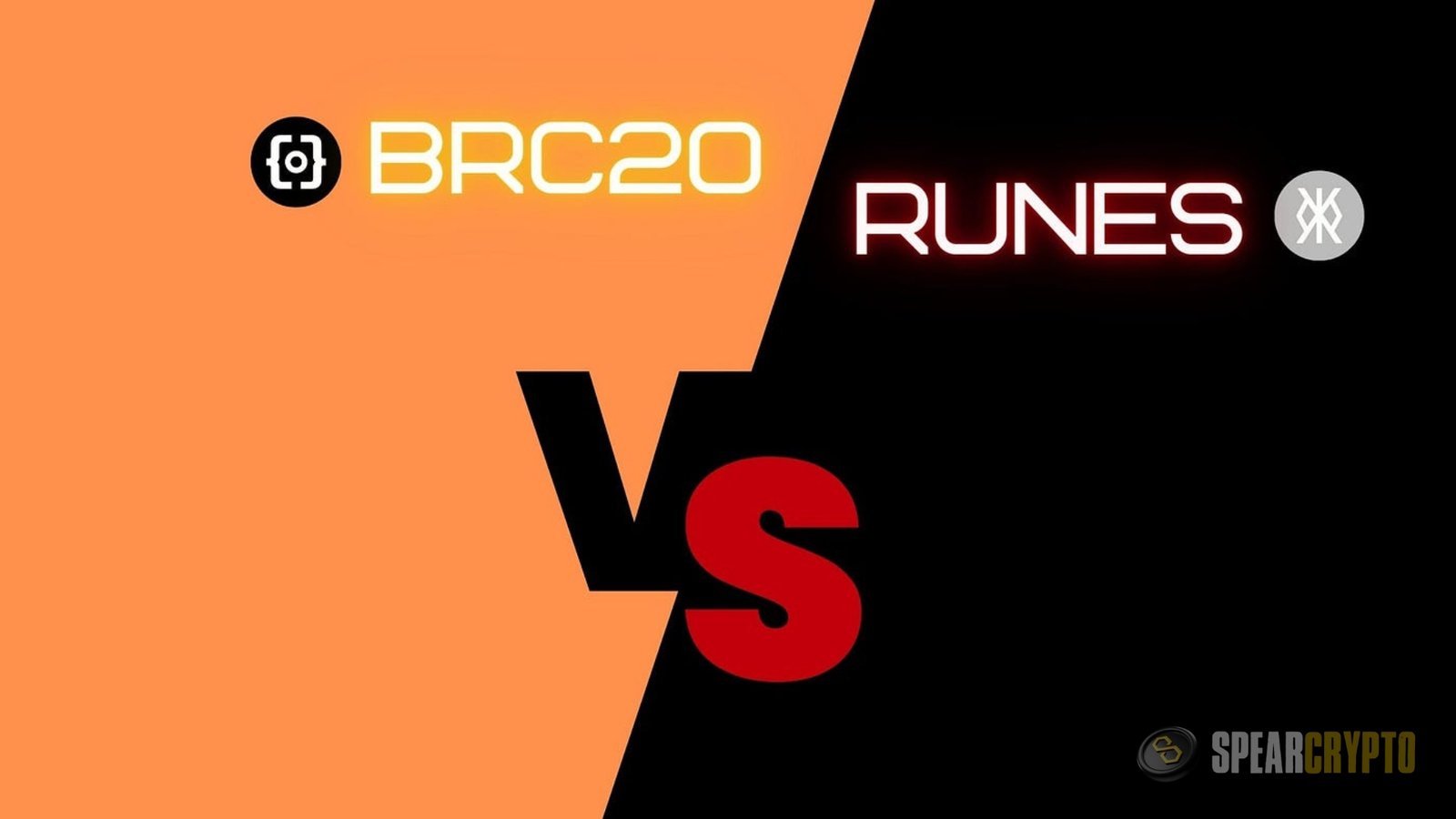
Like BRC-20, the Runes protocol allows tokens to be issued on the Bitcoin network. One technology that BRC-20 employs is the Ordinals protocol, which enables data to be connected to Bitcoin sites. Since Bitcoin Rune puts less strain on the network’s resources, it was presented as an upgrade to this concept. Asset generation, regular operation, and adoption are three areas where the two approaches differ significantly. As a result of being the first to market, BRC-20 tokens have become very popular. To summarize, the Bitcoin Rune is different from BRC-20.
In Summary
With Bitcoin Runes, the Bitcoin network gains another token-issuance mechanism. While the network wasn’t designed for this initially, it is refreshing to see more fun coming to the oldest model of modern blockchains. Warming up to the launch, many projects are already building up communities in readiness for their launches. The model described for Bitcoin Runes is quite interesting as it leverages some older attributes of the network to deliver what might be another significant addition to the whole space. As the excitement grows, the Bitcoin network sees even more usage and adoption. It is uncertain what impression this makes to mainstream investors. However, for native crypto enthusiasts, more use cases for the Bitcoin network wouldn’t hurt.
Having said this, it is essential to keep in mind that Bitcoin Runes is at its earliest stage of development, and like any other new introduction, it is prone to critical changes and fluctuation in performance. Projects launching using this technology and joining the Bitcoin Rune ecosystem are also highly speculative when writing. Always do your research before investing in any cryptocurrency. Also, note that this article only discusses Bitcoin Runes on technological grounds. It is only meant for educational purposes and should not be considered financial advice. Featured projects are not endorsed.
[sp_easyaccordion id=”3113″]




